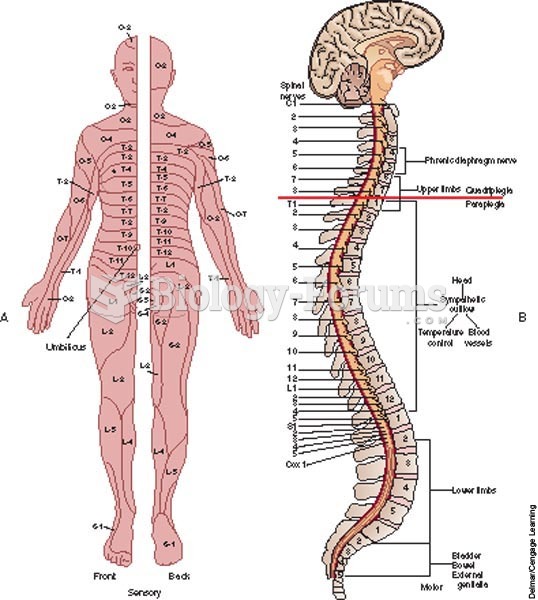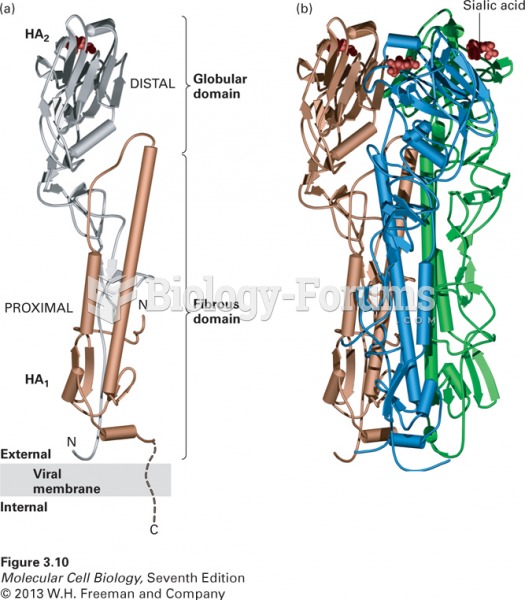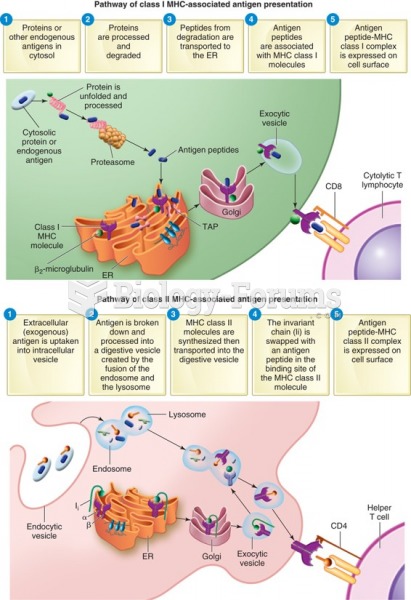Answer to Question 1
The basic difference between the two techniques is that optimization in levels estimates the total net benefits of different alternatives before arriving at the optimum decision, whereas optimization in differences estimates the change in net benefits when the decision maker shifts from one alternative to another.
Net benefit of setting up a school = 50,000 - 20,000 = 30,000
Net benefit of setting up a hospital = 75,000 - 50,000 = 25,000
Net benefit of setting up a playground = 30,000 - 15,000 = 15,000
Optimization in levels compares the net benefit of all alternatives before arriving at an optimum. The net benefit of setting up a school is the highest among all three alternatives, hence it is the optimum decision when optimizing in levels.
Optimization in differences compares the change in net benefit when switching from an alternative to another.
If the city council chooses to set up a school over setting up a playground, change in net benefit = 30,000 - 15,000 = 15,000
If the city council chooses to build a hospital over setting up a playground, change in net benefit = 25,000 - 15,000 = 10,000.
Therefore, setting up a playground is not the optimum choice.
Instead of a hospital, if a school is built, change in net benefit = 30,000 - 25,000 = 5,000.
Because the change in net benefit when switching from hospital to school is positive, setting up a school is a better option between the two. Hence, setting up a school is the optimum decision among the three alternatives when optimizing in differences. We can see that both the techniques suggest that building a school is the optimum choice.
Answer to Question 2
D







